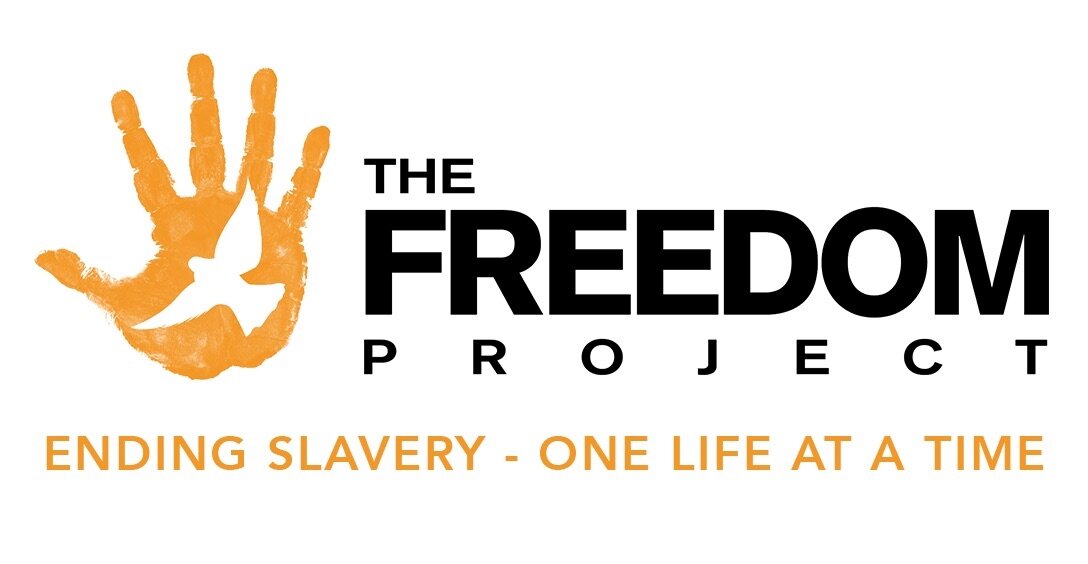What does Restoration look like for a Victim of Trafficking and Slavery?
“There might be complex supply chains that necessitate levels of coordination and expertise that are not easily found within a given company because the challenges are spread out over multiple countries and time zones, and workforces are in many instances comprised of workers from different parts of the world.” (UNODC, 2015)
What causes people to become victims?
Many victims of human trafficking are people who simply were desperate for work, to support their families and were unaware of the risks and dangers of accepting jobs that may not be legal. They often fall into the trickery of recruiters who entice them with favorable job contracts or falsified details about their workplace. Recruiters manipulate information on factors such as working conditions, hours and wages to trick people into accepting jobs that often end up leaving them in slavery-like conditions.
The Effects of exploitation
The effect of exploitation on victims can be absolutely debilitating both physically and mentally. For some, due to frequent physical and sexual abuse, human trafficking victims experience unimaginable physical pain. Additionally, the solitude and inability to act on his/her own will leaves victims with psychological scars that often require clinical treatment to be properly dealt with.
What kind of restoration is needed?
The hidden nature of human trafficking and modern slavery requires a huge investment of resources to identify victims, coordinate rescues, and provide services and assistance. Not only governments, but also social services and non-profit organisations all need to work together to effectively take action and address the complex issues of human trafficking. At one end, the United Nations and national governments are developing policies, legislation and operating standards. At the other end, there are countless charities like The Freedom Project working at the grassroots level with victims, local government, and perpetrators to reduce the prevalence and effects of these abuses of humanity. The systems that create a demand for human trafficking are very complex and far-reaching. It is essential that organisations at all levels work together to end human trafficking and slavery.
Once victims are rescued, the task is far from over. An essential part of restoration and holistic healing is in caring for victims by providing psychological and social support. Without adequate support, it is difficult for survivors to leave their past behind and their risk of re-trafficking remains high because they are still highly vulnerable to being exploited. Survivors require intensive and long-term assistance to get back on their feet and lead an independent life.
Principles for Restoration
The UN has published a lot of information on how to take care of trafficking survivors, especially in the context of sex slavery in shelter homes, specifically in India. They outline three leading principles that are vital to working with female victims in shelter homes:
Maintaining Confidentiality
Acceptance and Non-judgmental attitude
Creating a Conducive Atmosphere
Restoration in Action
The Freedom Project, working in the same context with primarily trafficking victims in India, seek to use guidelines similar to these to shape our restoration program. We prioritise counselling, social support, creating a family atmosphere, and providing opportunities for connection, education, training and safe employment. It is our hope and prayer that the survivors in our safe house will be successfully restored to a whole life - happy, peaceful, confident and safe. Trafficking victims stay in our safe house for up to 2 years, during which they will seek to overcome their trauma and find ways to move on with their lives without the risk of further exploitation. For the women at our safe house, restoration means never being exploited again.
Ali and Dallah, friends from the Philippines also demonstrate the centrality of restoration to our work. Ali and Dallah were originally child soldiers exploited by military commanders to use for violence in conflicts that arise in the region of West Mindanao. However, with the help of The Freedom Project, they are now able to live peacefully while receiving an education at a local school, something they have never had the opportunity to do before now. Additionally, The Freedom Project provides long term care by providing counselling for Ali, Dallah, their families and communities to provide peace-building and non-violent conflict resolution. For Ali and Dallah, restoration means not having to face violence ever again.
The role we all play
It is clear that organisations like The Freedom Project play a huge role in providing essential support for victims, helping them re-assimilate back into society. Our unique position on the ground with victims and being able to offer tailored unique support and assistance means that a real impact can be made in the lives of victims - helping them become survivors! Alongside international organisations, governments and multinational agencies, we all have a role to play in fighting human trafficking and modern slavery.
We can’t do it alone, our restoration work is intensive, expensive and difficult. But it is absolutely essential. We need your help. For $100 a month, you can help provide restoration to a trafficking survivor. Donate now.
This blog was written by Douglas who is interning with The Freedom Project in 2018.


